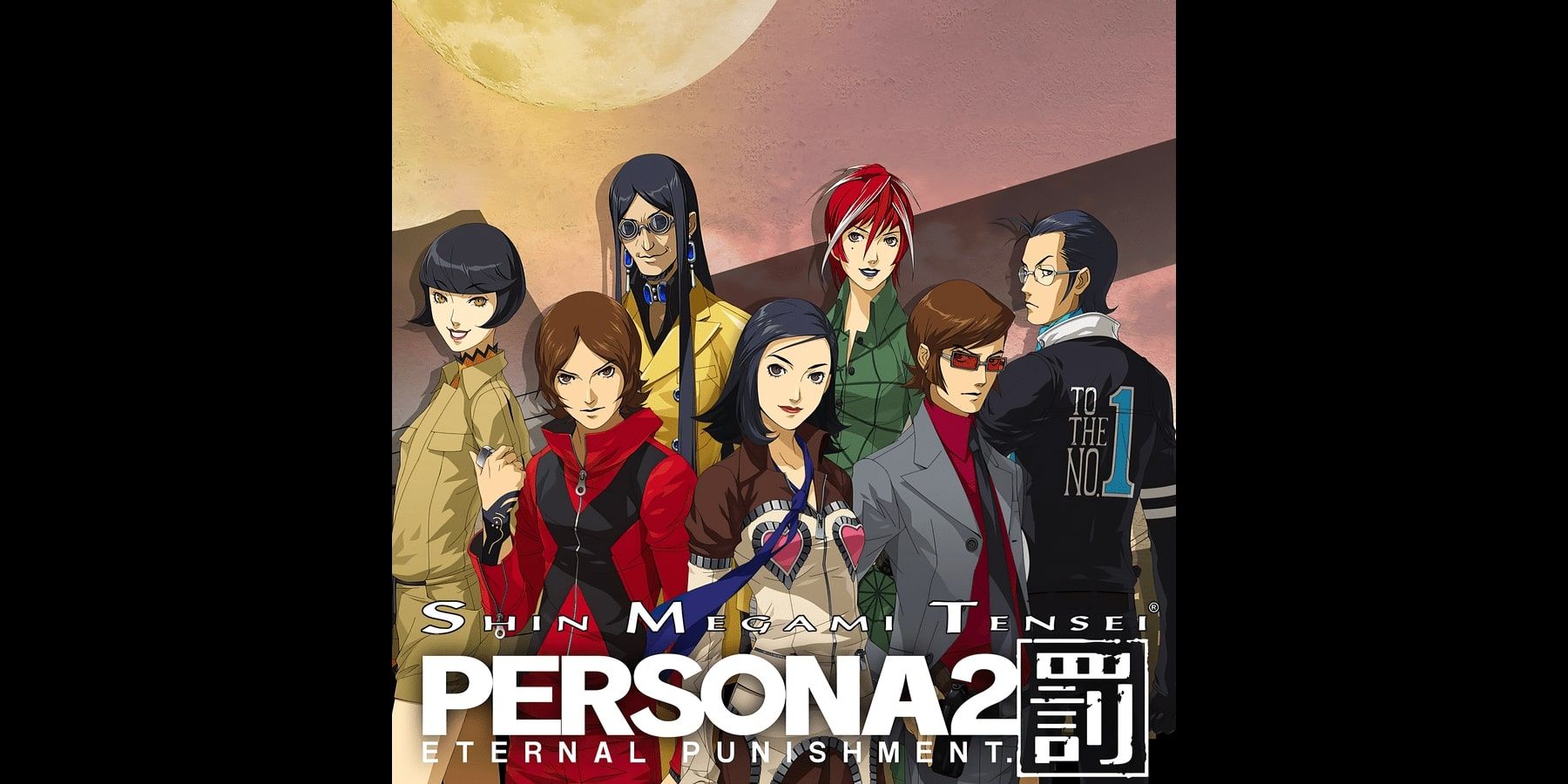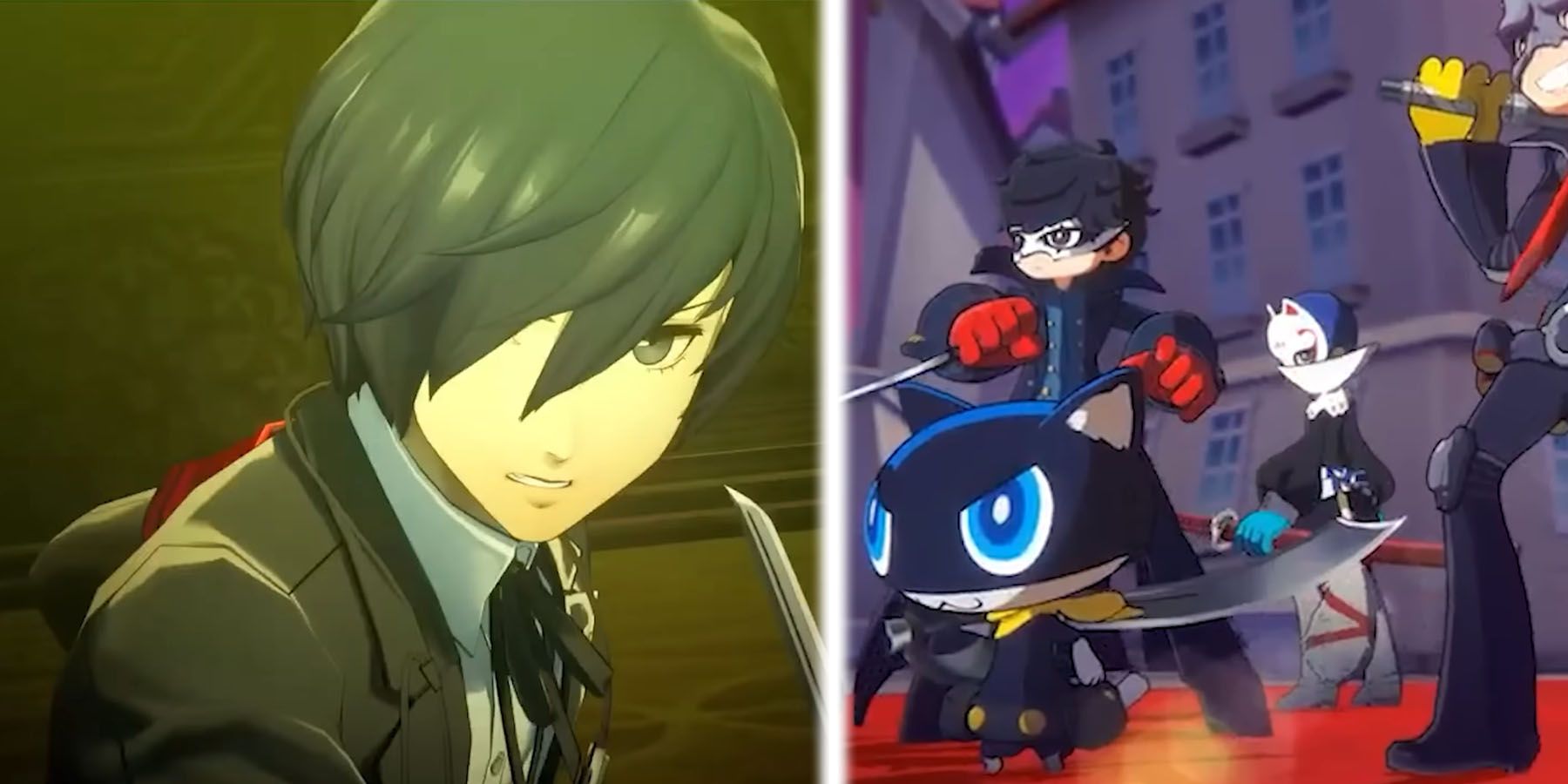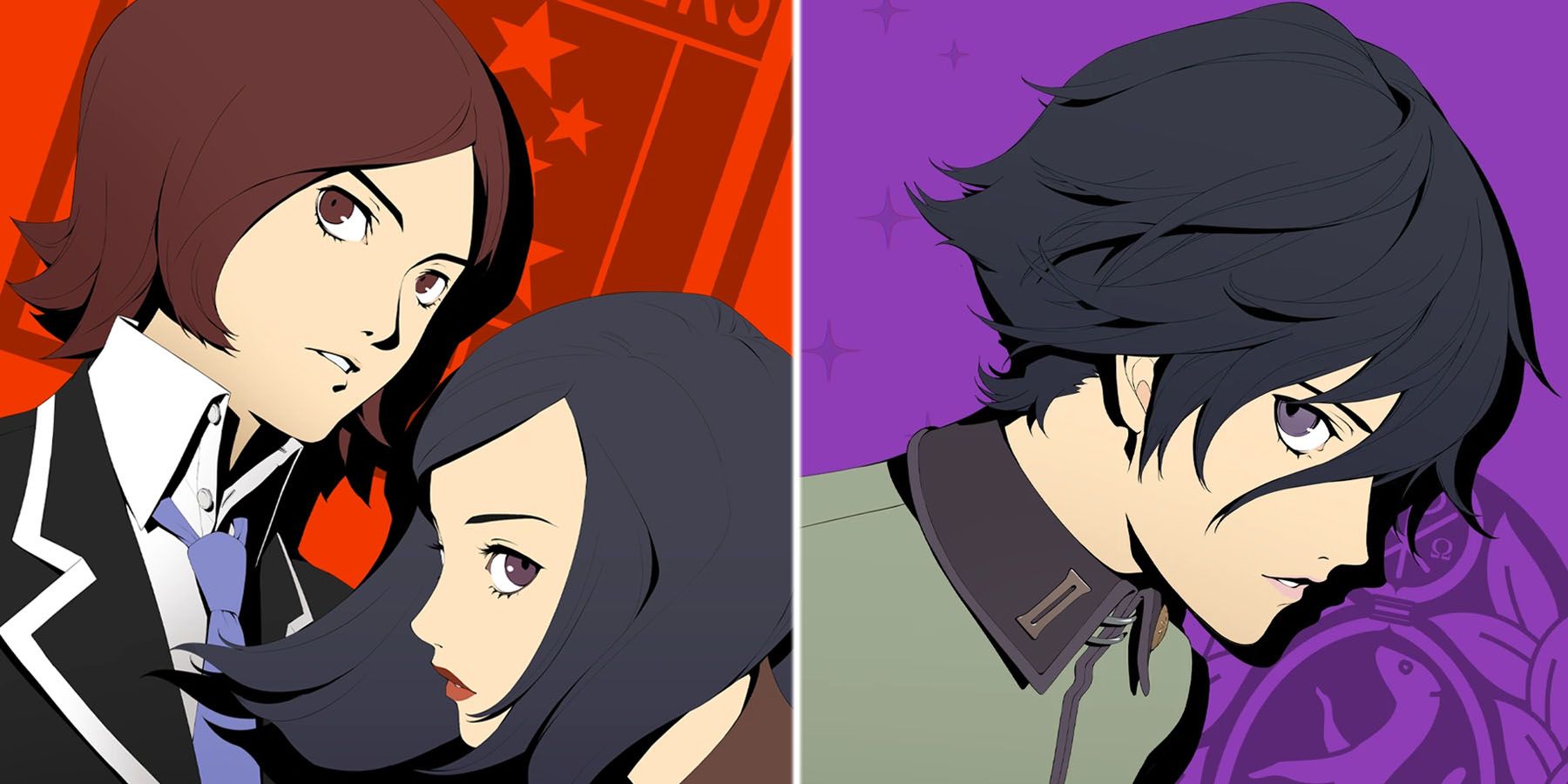
Revolutionary Persona 6 Character Designs: A Nod to the Series' Roots

Persona 6 may draw from its past for character design inspiration Persona 2: Eternal Punishment showcased a diverse, adult cast with unique backgrounds and fashion styles, potentially paving the way for P6 to move beyond the typical high-schooler archetype
Previous entries in the Persona series have featured diverse casts with unique interests and skills, establishing each party member as a valuable contribution both in and out of combat. As fans anticipate Persona 6 and speculate on the approach to the cast, there may be inspiration to be found in the roots of the series that can expand upon this formula. Persona 2: Eternal Punishment presents an adult Persona cast with varying backgrounds and fashion inclinations, setting a notable precedent for character designs in P6 that could move beyond the high-schooler archetype.
Persona 2: Eternal Punishment deviates from the Persona blueprint in several ways. Firstly, through its female protagonist, Maya Amano, who is one of just two in the entire series. Secondly, the majority of its main characters are in their early to mid-twenties, with Baofu being the only one in his early thirties. This adult cast makes for a compelling approach in character design, thanks in part to the excellent direction from Kazuma Kaneko, whose work across the Shin Megami Tensei series laid the foundations of its highly stylized characters. While Kaneko may not be involved in P6, the inclusion of an adult cast could still enhance the game's approach.
Persona 6's Cast Could Explore More Eclectic Character Designs as Seen in Eternal Punishment
Persona 6 has the potential to create a more diverse cast of characters by taking inspiration from Persona 2: Eternal Punishment and expanding beyond the high school setting. By allowing characters to vary not only in age but also in profession and background, the game can offer a wider range of character designs that reflect each character's unique personality. While past Persona games have successfully conveyed their characters' interests through their school uniforms, such as Chie's sports jacket or Akihiko's red vest, Persona 6 can take this even further by exploring a wider range of design elements.
For example, Persona 2: Eternal Punishment's Katsuya is portrayed as a serious police officer through his streamlined suit and tie, while Baofu's unconventional nature is reflected in his accessories. Characters like Ellen and Ulala showcase contrasting feminine and tomboy looks that hint at their interests and hobbies. Because these characters are established in their adult lives, their designs reflect their backgrounds more distinctly, without the constraint of school uniforms. By implementing this approach, Persona 6 could create a more diverse and interesting cast of characters that reflect the game's themes and story.
The fashion choices of Eternal Punishment's characters were heavily influenced by the late 90s, as the game was released in 2000. For Persona 6, incorporating current fashion trends into the character designs could add a contemporary feel. Each character's profession could also factor into their appearance, highlighting how they conform or diverge from societal expectations. This approach would enhance the diversity of the Persona 6 cast and showcase the nuances of their personalities.
Additionally, expanding the settings beyond high school could offer even more opportunities for creative costume design. Environments could influence the characters' outfits, providing yet another way to convey their personalities. Building upon the established framework of Eternal Punishment, Persona 6 could feature a cast with diverse backgrounds and worldviews, adding depth to the game's overall approach to character design. These elements combined would make the next mainline entry of the series just as captivating as its predecessors.














